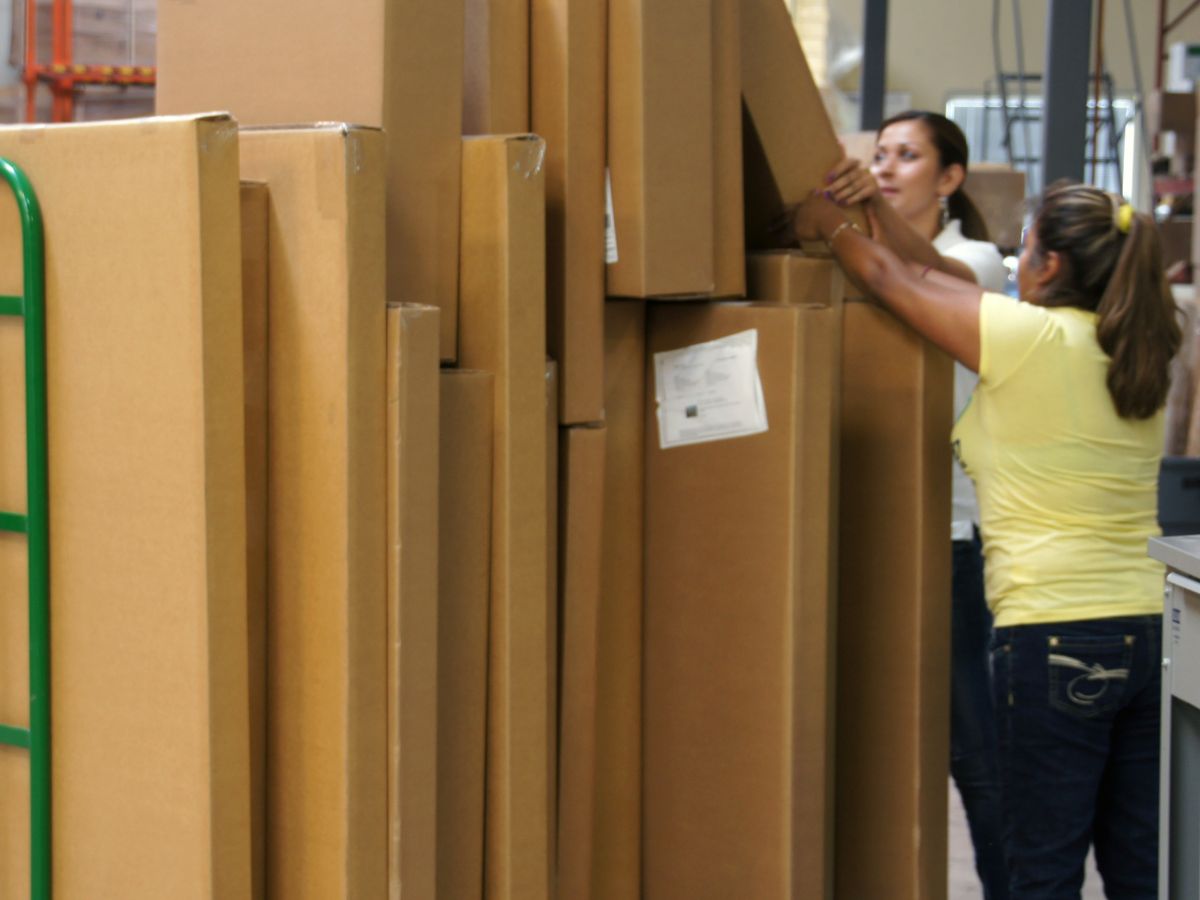
Effective Strategies for Shipping and Logistics of Your Paintings
Handling the shipping and logistics of your paintings is crucial to ensure they reach their destination safely and in perfect condition. As a painter, whether you are an amateur or a professional, you must pay close attention to every detail of this process. Here are some practical tips to help you manage this aspect of your art business effectively.
1. Choose the Right Packaging Materials
Selecting the appropriate packaging materials is the first step in safeguarding your artwork during transit. Use acid-free paper or glassine to wrap the surface of your painting. This prevents any potential damage or sticking.
For framed paintings, consider using corner protectors to shield the edges. Bubble wrap provides excellent cushioning; ensure you wrap your piece multiple times to absorb shocks. Finally, place the wrapped painting in a sturdy, appropriately sized cardboard box. If necessary, use foam or packing peanuts to fill any gaps and prevent movement.
Read ouor article How to Pack and Ship Canvas Art to learn more tips.
2. Understand Shipping Regulations
Different carriers have varying regulations and restrictions regarding the shipment of artworks. Research the policies of several carriers to find one that suits your needs. Some carriers offer specialized services for art, providing additional security and care. Be aware of any size and weight limitations, as well as restrictions on materials that can be used in packaging.
3. Insurance is Essential
Insuring your paintings is an important step in the shipping process. While it may seem like an added expense, it offers peace of mind knowing that you are covered in case of damage or loss. Most carriers offer insurance options; but, you may also consider third-party insurers specializing in art. Ensure that the insurance covers the full value of your painting.

4. Documentation and Labeling
Proper documentation and labeling are vital for ensuring your package reaches its destination without issues. Include a detailed invoice or packing slip inside the package, listing the contents, value, and your contact information. Clearly label the outside of the box with the recipient’s address, your return address, and any special handling instructions, such as “Fragile” or “Do Not Bend.” This helps the carrier handle your package with the necessary care.
Tip: Put your “Fragile” stickers all over the shipping box.
5. Selecting a Reliable Carrier
Choosing a reliable shipping carrier can make a significant difference in the safe arrival of your paintings. Research and select a carrier with a good track record for handling art shipments. Reading reviews and seeking recommendations from fellow artists can provide valuable insights into the reliability of different carriers.
6. Tracking and Communication
Always choose a shipping service that provides tracking information. This allows you and your client to monitor the progress of the shipment. Also, maintain clear communication with the recipient, informing them when the package has been shipped and providing them with the tracking number. This transparency helps build trust and ensures that both parties are aware of the shipment status.
By following these guidelines, you can significantly reduce the risks associated with shipping your paintings and ensure they arrive safely and in excellent condition. Taking the time to package your artwork properly, understanding shipping regulations, insuring your paintings, and choosing a reliable carrier are all essential steps in the logistics process.